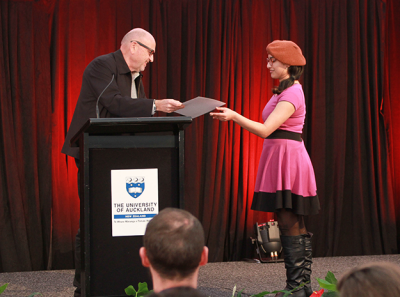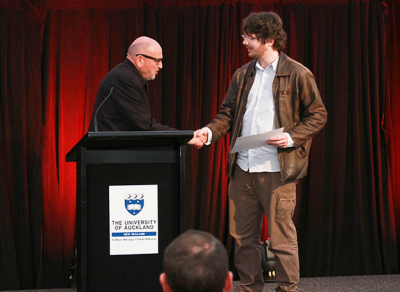The participants in this year’s Arts Impact competition are competing in the University-wide Exposure competition this week.
The winners of the oral presentation and poster categories will be hoping to add to the substantial cash prizes already awarded in Arts Impact.
Master of Arts in English student Anya Banerjee took out the oral category in Arts Impact with her presentation on the reception of Shakespeare in Bengal.
She argued that gaps in the narrative of Shakespeare’s ‘universal’ appeal point to an inextricable link between the story of Shakespeare in Bengal and that of modern Bengali femininity.
The nineteenth century in Bengal is commonly called the ‘Bengal Renaissance’ — an age when Indian and European ideas coalesced, instigating a break from traditionalism into what was thought of as progress and modernity for Bengali society.
Most of these legislative and cultural shifts centred on women, and Anya’s thesis explores various instances of the reception of Shakespeare in Bengal, and the ways in which the Bengali male elite sublimated the overwhelming experience of British authority into constructions of womanhood.
Master of Creative Writing student Caroline Barron spoke about how critical both careful research and wild imagination are in creating a believable world against which fictional characters can go about their fictional lives, and placed second.
Third place went to Ania Grant, who spoke about sexual selection and female choice in popular narratives for women.









